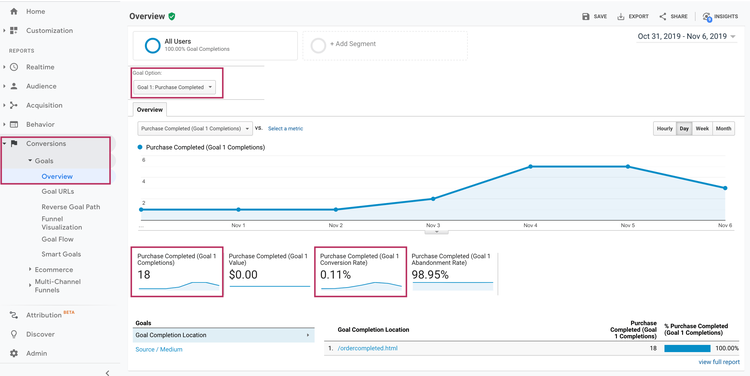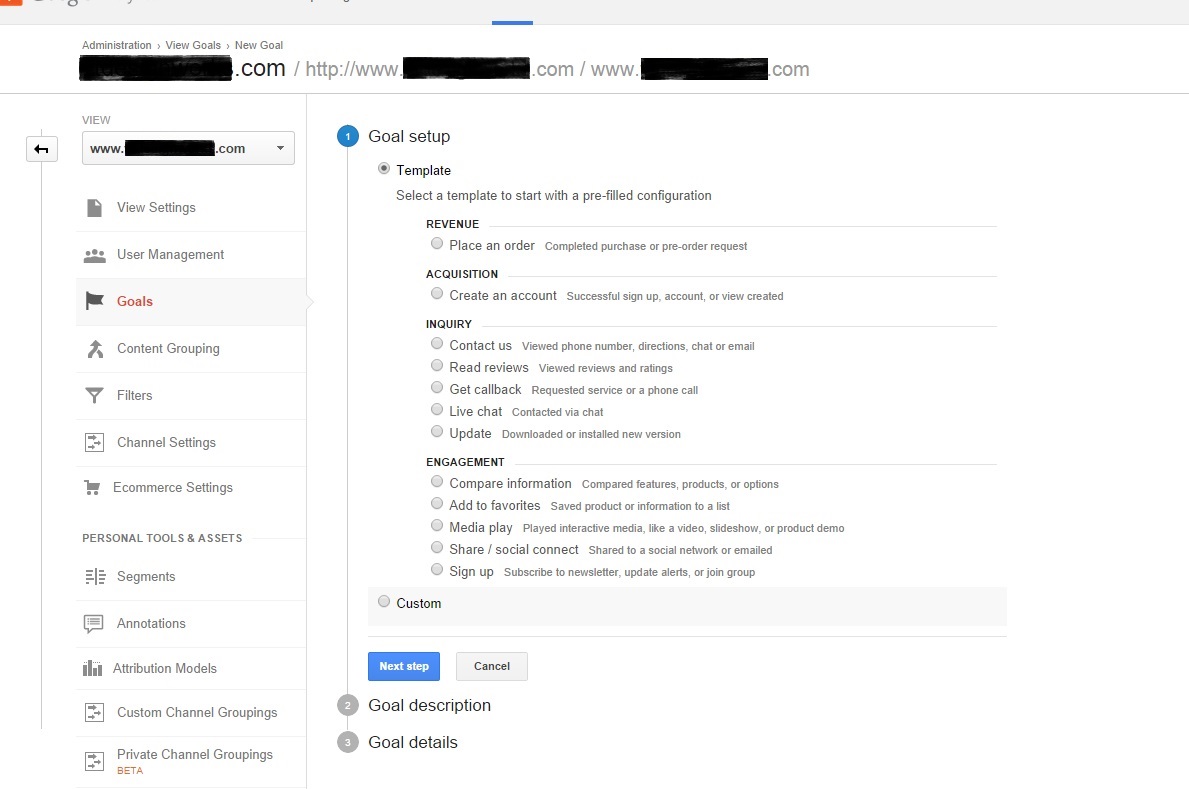Secret Insights on What Data Is Google Analytics Goals Unable to Track
Secret Insights on What Data Is Google Analytics Goals Unable to Track
Blog Article
Discover the Limitations of Google Analytics Goals: Revealing the Data Types That Remain Untrackable
As companies progressively rely on data-driven decision-making, comprehending the constraints of tools like Google Analytics becomes critical. While Google Analytics Goals deal beneficial insights into user communications, there exist information types that avoid tracking, posturing obstacles to a comprehensive understanding of individual actions.
Incomplete Customer Trip Tracking
Incomplete user journey tracking within Google Analytics can impede the capability to accurately analyze individual behavior. When the customer trip is not fully tracked, there are spaces in the data that avoid a comprehensive understanding of just how customers connect with a web site. This absence of insight can lead to missed chances for optimization and enhancements to the user experience.
One typical problem with insufficient individual journey monitoring is the lack of ability to see the full path that customers take before finishing an objective or leaving the site. Without this information, it is testing to identify where users may be running into obstacles or rubbing points that prevent them from converting. Additionally, incomplete monitoring can obscure the effect of particular advertising and marketing efforts or site adjustments on individual habits.
To resolve this limitation, it is essential to set up proper tracking devices within Google Analytics to capture the whole customer trip. This may involve establishing up event tracking, goal funnels, or utilizing tools like Google Tag Supervisor to make certain that no essential communications go unrecorded. By obtaining a comprehensive view of the individual journey, site owners can make more enlightened choices to boost individual involvement and drive conversions.
Attribution Obstacles
Browsing with attribution challenges in Google Analytics calls for a thorough understanding of how different touchpoints contribute to the general conversion procedure. Acknowledgment challenges develop from the complexity of modern consumer journeys, where customers interact with several networks before converting. Google Analytics provides different attribution models like initial touch, last touch, and direct, each using a various viewpoint on how credit report is designated to touchpoints along the conversion path. These versions may not always accurately mirror the true influence of each touchpoint on the conversion.
One typical attribution difficulty is the trouble in associating conversions to the appropriate source, specifically in instances where customers connect with numerous channels prior to converting. This can cause inaccuracies in figuring out which marketing efforts are driving one of the most conversions. Furthermore, cross-device monitoring positions another acknowledgment challenge, as individuals usually switch over in between devices throughout their journey, making it testing to track their communications perfectly. Online marketers must meticulously translate and examine acknowledgment data to make informed choices and optimize their marketing strategies properly.
Offline Conversions
Offered the difficulties connected with attributing conversions properly in online networks, the measurement of offline conversions offers a substantial opportunity for marketing professionals looking for a much more extensive understanding of their clients' trip. Offline conversions describe activities that clients take in the real world, such as making purchases in brick-and-mortar stores or over the imp source phone, attending events, or engaging with published products - what data is google analytics goals unable to track. These conversions are important for services that run both online and offline, as they provide valuable insights into the efficiency of advertising and marketing campaigns across various touchpoints
Tracking offline conversions generally presented a significant challenge for marketers, as it was challenging to link these activities back to specific on-line communications precisely. Nevertheless, with improvements in technology, such as the integration of CRM systems, unique identifiers, and promo code codes, companies can currently bridge the void in between online and offline information to gain a more all natural view of customer actions. By successfully determining offline conversions, marketing professionals can maximize their techniques, allot sources a lot more effectively, and eventually improve the overall customer experience.
Cross-Device Monitoring
Cross-device monitoring plays a vital function in recognizing the interconnected nature of customers' electronic interactions throughout several devices. In today's omnichannel world, where individuals perfectly switch in between smartphones, desktops, and tablets, tracking their habits across these tools is vital for marketers to gain an extensive sight of their consumer trip.

Furthermore, privacy concerns and laws such as GDPR and CCPA have even more challenging cross-device tracking. With customers requiring more control over their information and boosted restrictions on monitoring technologies, marketers need to find cutting-edge and privacy-compliant ways to attach customer interactions throughout tools.
Dynamic Content Engagement
Comprehending individual involvement with vibrant content is pivotal in optimizing electronic advertising techniques for enhanced target market interaction. Dynamic web content describes internet site elements that transform based on user actions, preferences, or other factors, supplying a personalized experience. Nevertheless, tracking individual communications with vibrant content poses obstacles for standard analytics tools like Google Analytics.
While Google Analytics can track standard interactions like clicks and page sights, it may battle to record more nuanced interactions within dynamic content. what data is google analytics goals unable to track. Metrics such as time invested in certain vibrant aspects, float actions, or interactions within pop-ups are often not easily measurable utilizing standard tracking methods. This constraint impedes marketing professionals' capacity to totally realize how individuals are engaging with dynamic material and customize their techniques accordingly

Final Thought
To conclude, Google Analytics objectives have constraints in tracking insufficient user trips, attributing conversions precisely, recording offline conversions, tracking cross-device interactions, and determining vibrant web content involvement. These restraints highlight the relevance of discovering additional monitoring methods and devices to get a much more detailed understanding of customer habits and conversions beyond what Google Analytics can offer.
While Google Analytics Goals deal important understandings into customer interactions, there exist information kinds that thwart monitoring, presenting difficulties to a thorough understanding of individual actions.Incomplete user trip monitoring site here within Google Analytics can prevent the capability to precisely examine individual behavior. When the user journey is not totally tracked, there are voids in the data that avoid a detailed understanding of just how customers engage with a site.One usual problem with insufficient individual trip monitoring is the inability to see the full course that individuals take previously completing an objective or leaving the site. By obtaining an extensive sight of the customer journey, internet site owners can make even more informed decisions to enhance user engagement and drive conversions.
Report this page